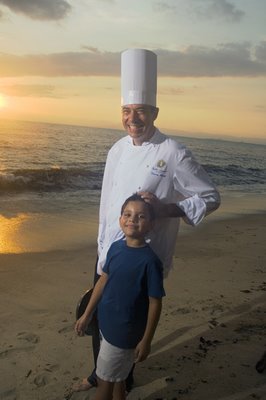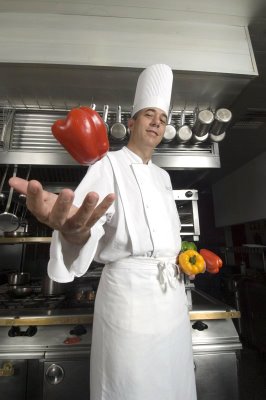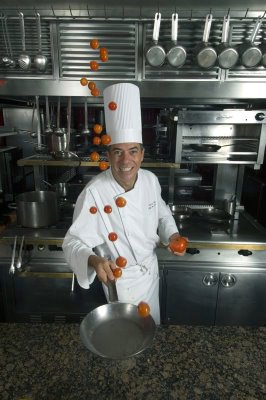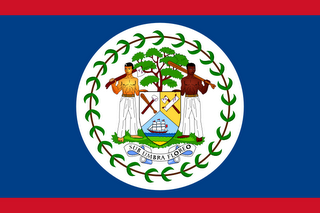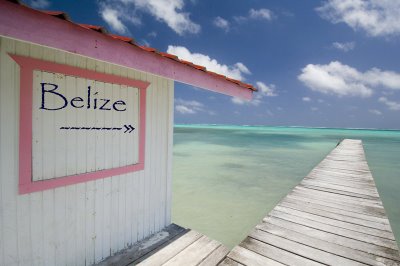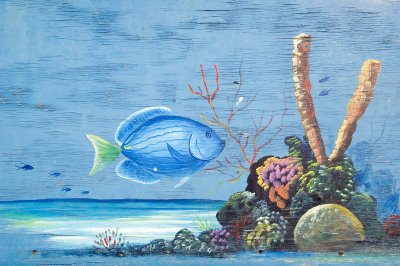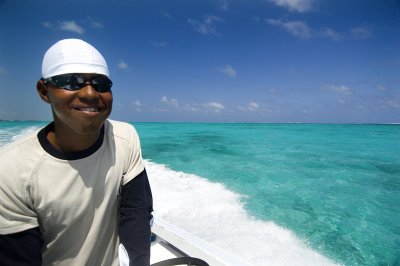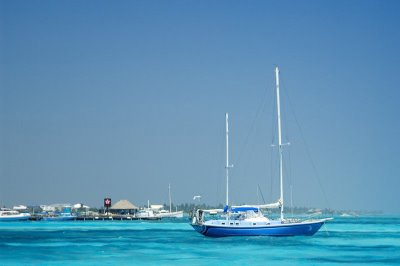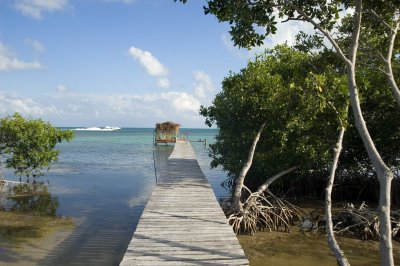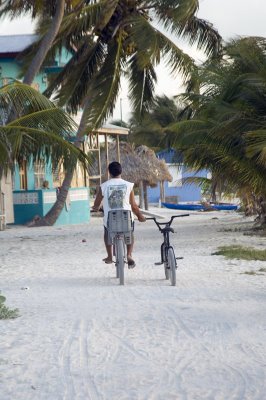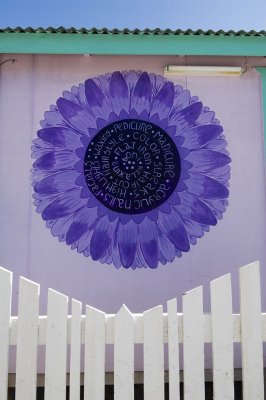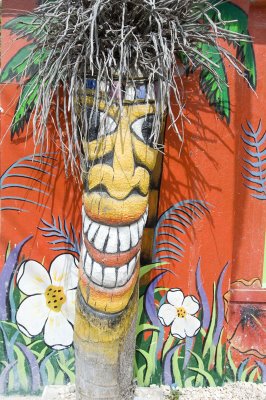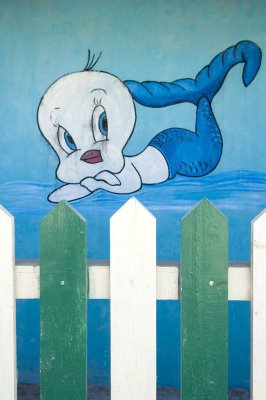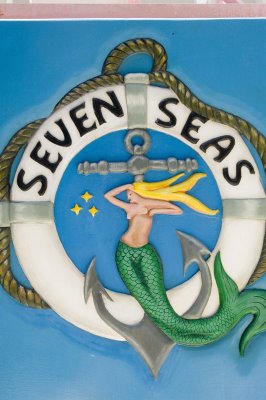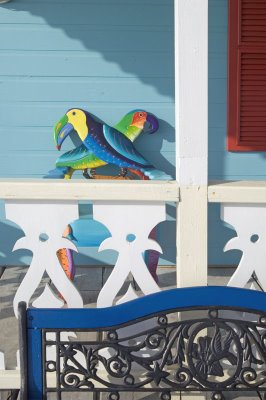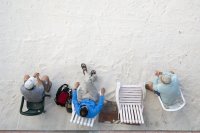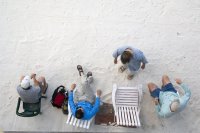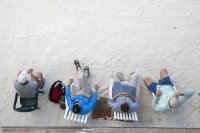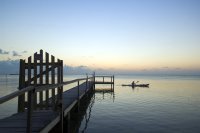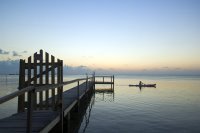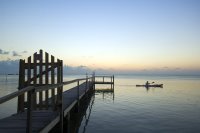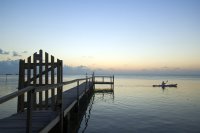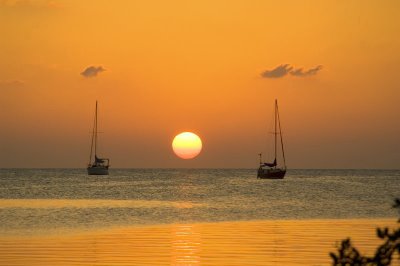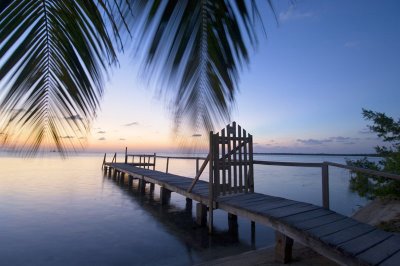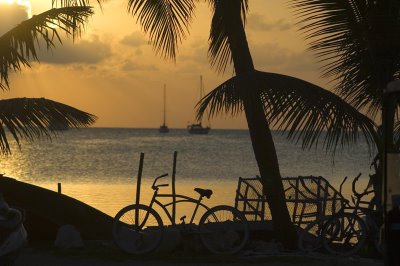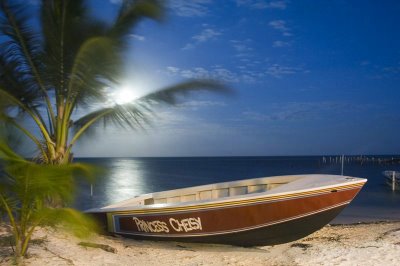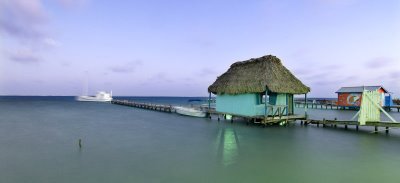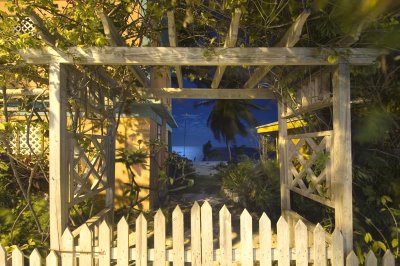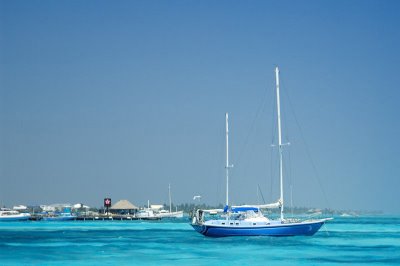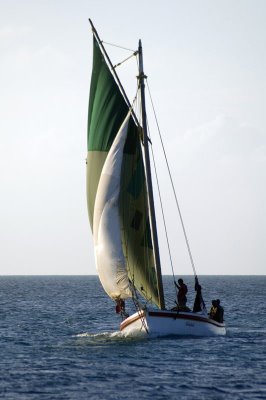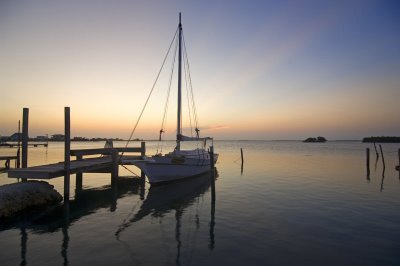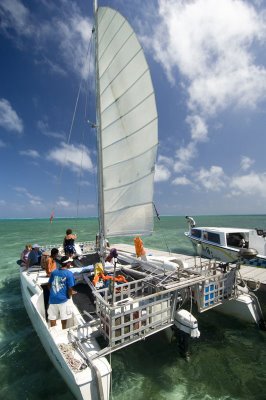
Eh? Howzat?
><><><><><><><><><
Just inland and over the ridgeline from the foggy northern californian coast there's a magic place anonymously and unanimously referred to as The Land. It's a tract of floodplain defined by the Garcia River and hemmed in by steep hills swathed in redwoods, myrtle, fir and madrone. http://en.wikipedia.org/wiki/Garcia_River
The Land is one of the country's oldest extant communes and home to an ageing but stalwart group of hippies who have carved out a blissfull existence there for themselves and their descendants. (For the uninformed, as a basic primer, Mendocino County wherein the city of Point Arena and The Land lie has an inordinate per capita registered artist population. Medical marijuana prescriptions are similarly abundant. Local surfers brave frigid waters, bull kelp and great white sharks to get their kicks. The 4th of July Parade happens on the 5th. Point Arena's mayor when I lived there was Raven Earlygrow. It's population hovers around 450. It's a hideaway, a fresh start, an outpost of reality in a land of false dreams. It's a gem, a real pearl amongst fool's gold. )

Smack in the middle of The Land is where Billy Rio lives. American passport holder but one who spent time in South Australia as a young teacher, his many passions include a love of cricket gleaned from sunny afternoons in the shady seats of the Don Bradman Stand at Adelaide Oval. By the fruit of his labours, his levelled backyard has, over the last decade and a half, become hallowed home to the Garcia River Cricket Club, and, like any institution it started humbly enough.

The US was virtually cricket-free in the late 80s and before internet purchases become commonplace, in order to play the game we expats longed for, we had to make our own equipment. Being a rural community of self-sufficient sorts this wasn't so extraordinary. Everyone had workshops, access to raw materials, and Time. So we all made bats of various constructions, from memory or copied from reference books at the library. Some were woodworks of art, others just 2x4s run through a bandsaw and finished with a coarse rasp. Some had a heft that would've challenged Paul Bunyan let alone Billy Rio's tennis elbow.

I had my schoolboy bat mailed over from Australia and shouldn't have been as surprised as I was disappointed that I had long since outgrown the well-oiled willow wacker that still sported my Dymo-label name tag from 1971. Still, useless as it was to adults as a tool, it looked good behind Lonnie's bar where it became an item of curiosity and conjecture amongst the locals who'd never seen one before. (The collection of homemade bats eventually made it into a local art exhibit as a mobile installation.)
Ants the canny Welshman was the master of the six-stitcher. He fancied himself a spinner and hand-crafted leather balls in better than fair likeness and action to the real thing. The new millenium provided us with access to the sports stores of the world and so our gear evolved into a more authentic collection of bats, balls, wickets, pads and even boxes and helmuts for those with breakable items deemed worthy of protection.
 (There's an ongoing battle over the wisdom of using rubberised, practice balls versus the real hard balls but the unmistakable sound and feel of leather on willow really left no doubt in the minds of the true believers!)
(There's an ongoing battle over the wisdom of using rubberised, practice balls versus the real hard balls but the unmistakable sound and feel of leather on willow really left no doubt in the minds of the true believers!)The ground is a groomed, flat clearing in a forest of tall trees and cottage-sized stumps of giants past; An enormous and beautiful bay tree is the centrepiece of a large grassy area borderd by the river and a Billy's rickety home, inhabited by deer and goafers except on sundays in summer when it gets overtaken by a mob of various men and women united in their pursuit of a good time and a leather-bound ball.

It is the colonial tradition in its best bastardised form, fuelled by buckets of beer and a drinks trolley laden with little else than family-sized bottles of gin and tonic. Food in the form of barbequable meats, garnished with organically grown salads repletes the package. Just add a scent of bay tree oil, dose liberally with sunshine, true friends and a melangerie of pets and you have the ingredients for the perfect Sunday.

Players emerge from the redwoods on summer Sundays like morels after spring rains. They are transplants from colonial outposts as far away as the West Indies, Australia and of course the Poms and their relatives from all over the British Isles. Some have it in the blood by birthright, others have absorbed cricket osmotically during stints abroad. Locals, seeing how much fun we have, just wanna give it a try. (Un-educating Americans from the ingrained habits of baseball is a constant challenge and a lesson in tolerance, but sorry, holding the bat over your shoulder and throwing it away after you connect just isn't cricket. Nor do we pitch, strike or spit tobacco juice, though we do share with baseballers a common awe of grass stains and bloodied elbows as measures of sporting effort.)


Ageing as we all are and in various stages of decrepitude and vital signs, the day's proceedings are a compromise b/w youthful enthusiasm and the wisdon of middle age and usually follow a routine of pre-lubrication, warm-up practice, a drinks break and a session of play wherein a sequence of chalkboard batter's names are run through against whomever feels like having a bowl. No teams as such, no real innings; the timing of play v break depends on hunger, thirst, collective stamina and if the cook is on task and whether or not the dogs have scarfed the BBQ meat. A post-prandial session, afternoon drinks-break and maybe a final bat n bowl session before the lengthening shadows and creeping cool from the river drive us either indoors or to stoking the fires. The one day of the week when too much sport is barely enough often culminates in a game of bocce which is one of the few ballsports which permits drinking during play.
And if you're lucky and I've had enough to drink you might even get a rendition of Thomas E Spencer's Australian bush ballad called "How McDougal Topped the Score", a family favourite. http://www.bushverse.com/spencer/mcdougal.htm
Now don't get me wrong, and don't confuse our casual, apparently lackadaisical approach to cricket for lack of keeness. We all love the game and we all play to the best of our respective abilities; catches are dived for, runs made at the stretch and appeals always lustfully proclaimed. We just like the off-time too. It's all about having some fun. Beer, skittles, poetry, whatever it takes.

The 2006 season finale was punctuated with a visit by a team from the Big Smoke, San Francisco. This important-sounding event was much anticipated and talked about and even trained-for. More grog was procured and extra sausos ordered. The grounds were given a little more attention than usual; the boundary cleared of scrub and nettles and roped off; the baytree's lower limbs trimmed to above-head height and the ankle-breaking goafer holes on and off the pitch filled with alluvial topsoil, tamped, rolled, mowed and watered enough to keep the pesky rodents confused, damp and less eager to burrow for a spell. (An air rifle or a terrier are other powerful disuaders.)
Little did we know that the city-slickers were even more hopeless than ourselves! We trounced 'em at cricket but they saved socialn face by bringing along their own jug band and entertained us musically into and half-through the night.
.


The gathering cold and darkness prompted one final, fanciful fling.....
Roused to action by Billy Rio, the remaining revellers removed themselves from the firesides and bandstands for the commerative Napoleonic Squat. As narrated in Billy's well rehearsed preface to the event, Napoleon's troops, the devastated French soldiers, retreating from their anti-climactic occupation of Moscow in the particularly harsh winter of 1812, invented an ingenious and necessary method of avoiding undue contact with the frozen ground during the long nights......
 Go on - get a bunch of people together, 20 or more, and try this: form a tight circle, front to back, almost touching the person in front of you and then, all at once, just sit down. Your knees become the seat for the person in front of you and you sit in the lap of the person behind you. The articulated human ring supports itself completely, generating and containing its own warmth. Every hour or so you wake up, stand up, about-face and sit down again. Beats sleeping on frozen tundra! This is Bily's little tribute to cooperative behaviour, a fitting statement for a commune of cricketers. Of course our non life-threatening exercises of The Squat usually end in collapse not from structural failure but from the group guffaws!
Go on - get a bunch of people together, 20 or more, and try this: form a tight circle, front to back, almost touching the person in front of you and then, all at once, just sit down. Your knees become the seat for the person in front of you and you sit in the lap of the person behind you. The articulated human ring supports itself completely, generating and containing its own warmth. Every hour or so you wake up, stand up, about-face and sit down again. Beats sleeping on frozen tundra! This is Bily's little tribute to cooperative behaviour, a fitting statement for a commune of cricketers. Of course our non life-threatening exercises of The Squat usually end in collapse not from structural failure but from the group guffaws!The stumps were pulled for another day, another season. The pavilion enjoyed a final morning-after cleanup and then abandoned to the coming winter, the flooding river and the wandering deer. The redwoods creep upward, the drinks trolley parked, the bats given a winterising treatment of linseed oil, the goafers left to do whatever goafers do without the threat of being shot at or mown and the ladies and gentlemen of the GRCC go back to their netsuke-carving, their book writing, their accounting, their farms, their mathematics, their schoolteaching, their art, their ambulances, their construction sites, wharves and theatres, their photography and their philosophy, their partners, their gardens, their rescue teams, their barstools and their dogs and dream of cricket next year.


